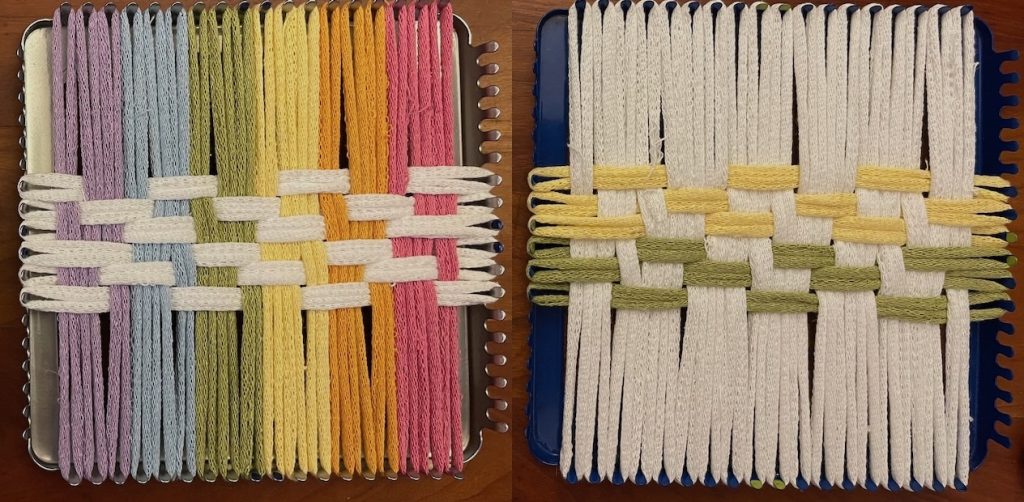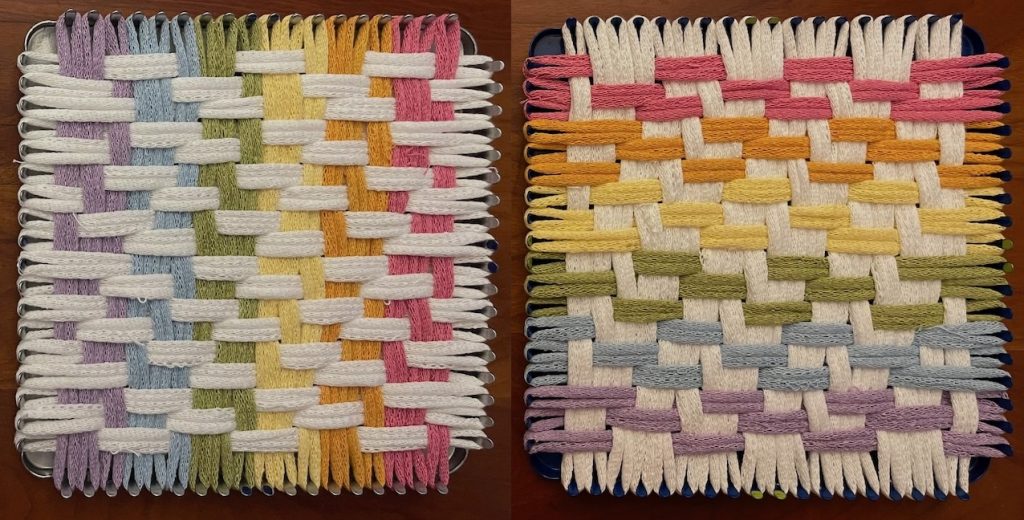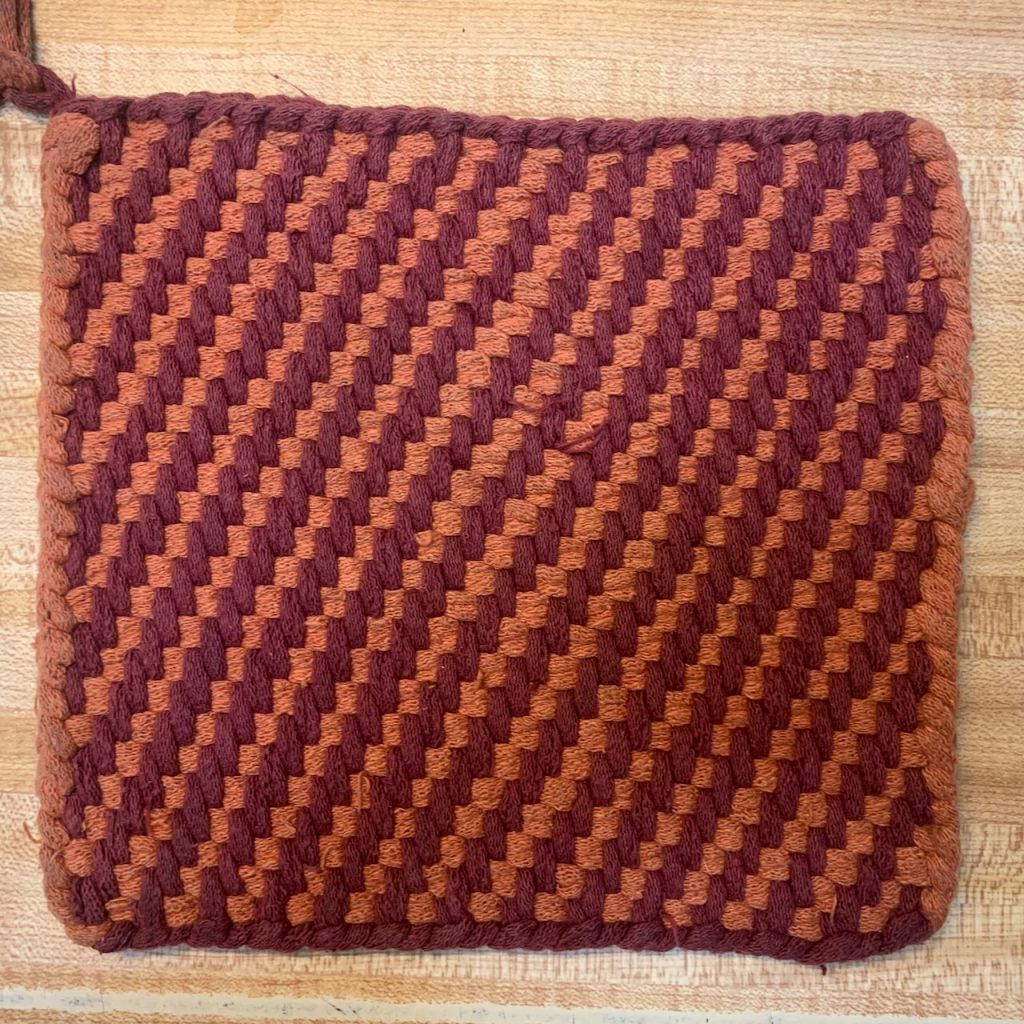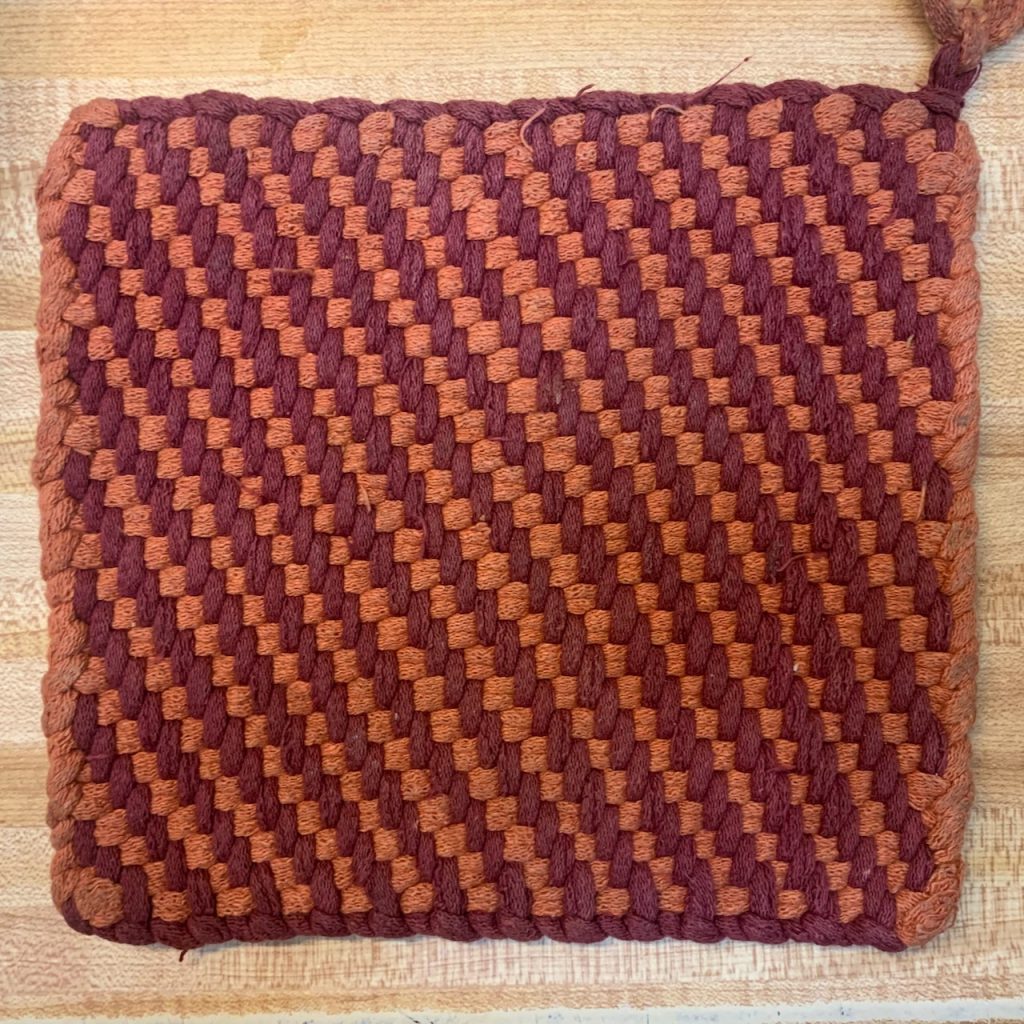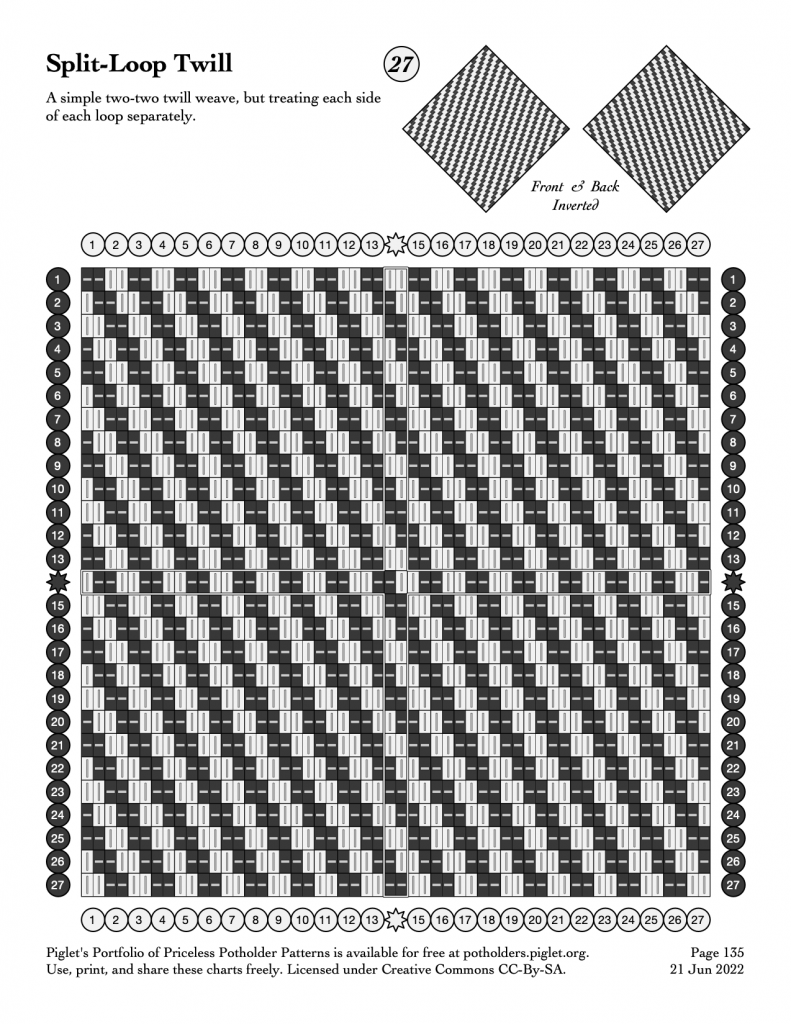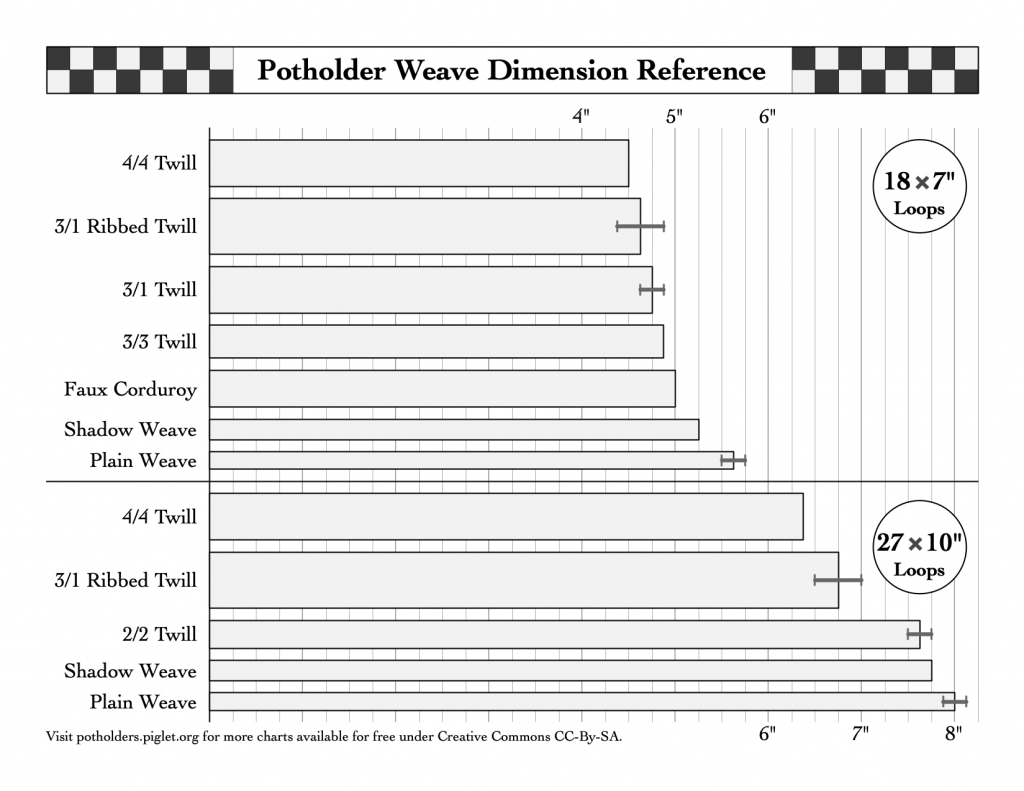New York metro-area folks — Piglet and I will be exhibiting at the Kings County Fiber Festival as part of our local living-history group, making and showing potholders based on weaving patterns found in historical textiles.
Next Saturday, October 7 from 10AM to 5PM, we’ll be in Brooklyn’s Washington Park, at the Old Stone House, on Third Street between 4th and 5th Avenues.
The park will be filled with more than fifty fiber-craft exhibitors and vendors, but we should be easy to find — just look around for the group of people who are all wearing medieval-style clothing.
If you’re in the area and enjoy handcrafts, the festival is worth a visit — and please do swing by our table and introduce yourself; we’d love to meet some of you folks in person!
[Update, October 6:] Sadly, the fiber festival has been cancelled due to rain.

